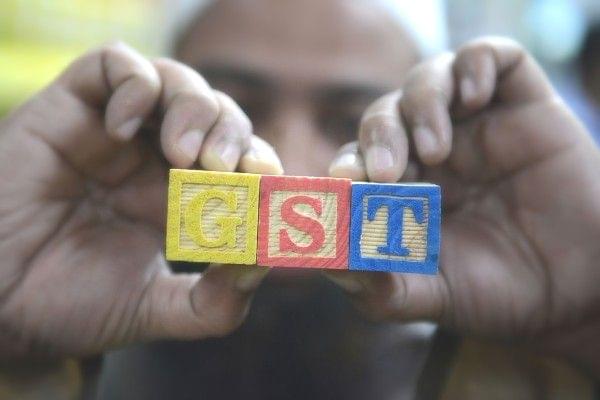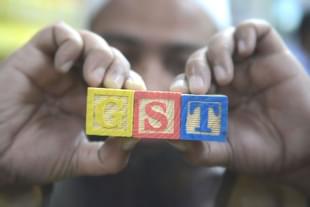Context
GST: Five Years On, How It’s Going For The Tax Reform
Ujjawal Mishra
Jun 30, 2022, 02:13 PM | Updated Jul 02, 2022, 04:27 PM IST
Save & read from anywhere!
Bookmark stories for easy access on any device or the Swarajya app.


India's biggest tax reform completes five years.
Tax reform: The Goods and Services Tax (GST) was rolled out on 1 July 2017 midnight with the aim of streamlining the indirect taxation regime and reducing compliance burden.
The GST subsumed over 17 taxes central and state taxes and 13 cesses.
It has a four-rate structure based on the nature of the item taxed as determined by the government — 5 per cent, 12 per cent, 18 per cent, 28 per cent.
Further, the collection from a cess levied on the highest tax slab of 28 per cent on luxury, sin, and demerit goods goes to a separate corpus called the “compensation fund,” which is used to compensate states for the revenue loss due to GST implementation.
Before GST, the average tax payable amounted to 31 per cent on account of various taxes and their cascading effect.
Centre-state collaboration: The centre and states work together as part of the GST Council to work out modalities for smooth functioning of the tax regime.
The Council has enabled uniformity in GST laws across the country.
They have met 47 times so far and have taken measures to bump up monthly GST collection to record highs.
GST collection is on course to Rs 1.4 lakh crore every month.
Recent GST flourish: A GST collection of Rs 1 lakh crore per month has become par for the course. And yet, the trend is looking upwards.
The GST collection in April touched a record Rs 1.68 lakh crore, up 20 per cent from a year ago.
The all-time high April figure was about Rs 25,000 crore more than the March figure of Rs 1.42 lakh crore.
The May collection came up to Rs 1.41 lakh crore, lesser than in March and April, yet still registering a 44 per cent year-on-year increase and becoming the fourth-highest collection since the rollout.
Tech at work: Technology is the foundation for the GST regime.
The GST Network provides the technological backbone for the indirect tax regime.
It is said to be using artificial intelligence and machine learning to come up with newer data and plug revenue leakages.
It provided an impetus to Indian companies to upgrade their technological infrastructure.
A higher degree of automation in the process is becoming an increasing ask of the government.
GST review: The response has been favourable, with scope for improvement.
Around 90 per cent Indian CXOs across key sectors have backed this indirect tax regime, as per a survey by Deloitte India. It was an online survey, undertaken over a four-week period, of 234 CXO and CXO-1 level individuals.
59 per cent industry leaders applauded the government’s approach of proactively issuing instructions, clarifications, and streamlining processes.
The main challenge was identified to be increased tax regulations and reporting demands from tax authorities.
A majority of industry professionals said that overall input credit management vis-à-vis GST rules is one of the top issues faced in complying with the GST law.
Keeping track of the changing tax landscape and developments is a challenge too, especially for the consumer and the MSME sector.
The tax regime still has a way to go, especially in saving time and easing taxpayer burden during audit and investigation proceedings.
Statements from the source:
“#GST empowered Centre & State to levy taxes concurrently on a common base on all stages of the supply chain and unified the entire nation in terms of tax collection,” the Ministry of Finance tweeted today.
“The move towards ‘one nation one tax’ was one of the most historic indirect tax reforms India had ever undertaken,” Chief Economic Adviser V Anantha Nageswaran wrote in the Mint.
Read More: 5 Years Of GST: What Are The Experts Saying





